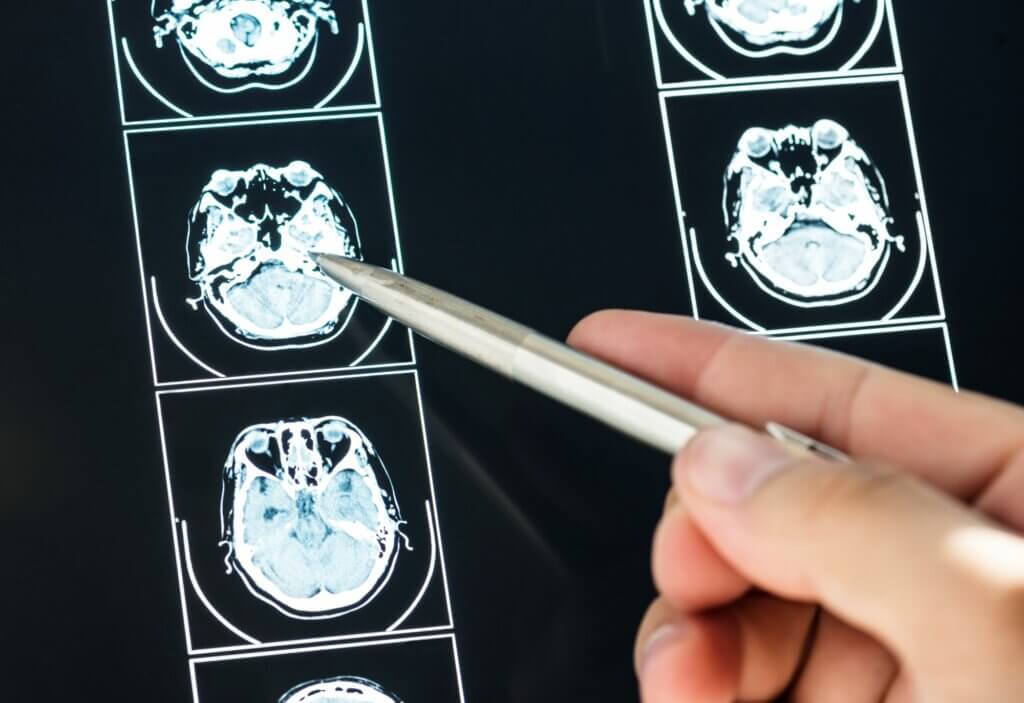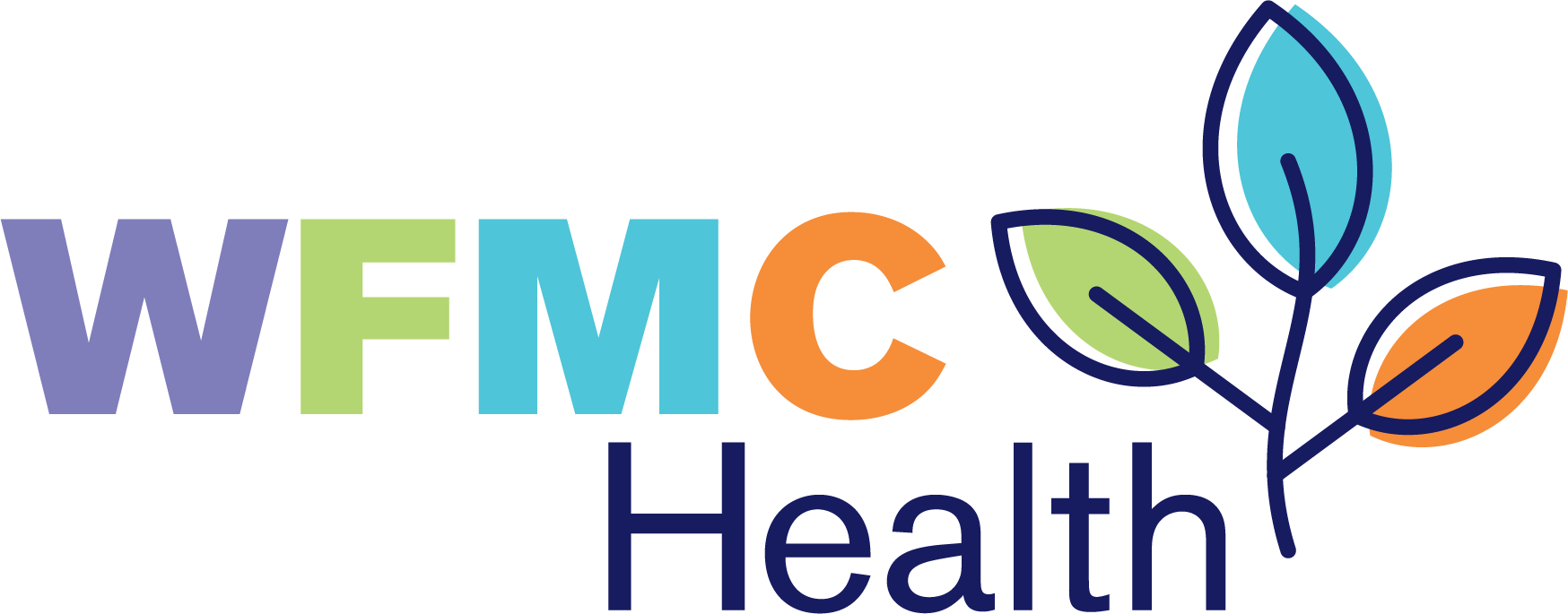How to Recognize Stroke Symptoms: The B.E.F.A.S.T. Method
May is National Stroke Awareness Month, a time to bring crucial awareness to a condition that affects nearly 800,000 people in the United States each year.
When it comes to stroke, every second counts. The sooner you recognize the signs and get medical help, the better the chances of survival and recovery. Stroke is the leading cause of death in the United States—which is why it’s essential to be aware of the warning signs. The “BE FAST” (B.E.F.A.S.T) acronym is a simple, easy-to-remember tool that can help you quickly identify the symptoms of a stroke in yourself or someone else. Let’s break down what each letter stands for and what you should look out for.

B for Balance
“B” stands for “Balance.” Sudden loss of balance or coordination is a common sign of stroke. You might notice someone suddenly stumbling or having difficulty walking straight. They may also experience sudden dizziness or a loss of balance without any apparent reason. If you see someone experiencing these symptoms or if you experience them yourself, it’s a sign that something serious may be happening.
E for Eyes
“E” stands for “Eyes.” Stroke can affect vision almost instantly. This might manifest as blurred or double vision, or even temporary blindness in one or both eyes. If you or someone else suddenly has trouble seeing, don’t assume it’s just a temporary issue. It could be a sign of a stroke, and you should seek medical attention immediately.
F for Face
“F” stands for “Face.” One of the most recognizable signs of a stroke is face drooping. If you notice face drooping in someone else, ask the person to smile. Does the person’s smile appear lopsided? Likewise, if you’re feeling numbness or drooping in your own face, feel for lopsidedness or look in a mirror if there is one close by. Face drooping is a strong indicator of a stroke, especially when it happens suddenly and without another explanation.
A for Arm
“A” stands for “Arm.” Arm weakness or numbness is another hallmark symptom of a stroke. Ask the person to raise both arms. Does one arm drift downward? Is there a noticeable weakness or numbness on one side? This could indicate a stroke.
S for Speech
“S” stands for “Speech.” Slurred speech or difficulty speaking are common symptoms of a stroke. The person may have trouble forming words, sound confused, or be unable to speak at all. You might also have difficulty understanding what the person is trying to say. If speech becomes suddenly impaired, it’s time to act quickly.
T for Time
“T” stands for “Time.” Time is of the essence when it comes to a stroke. If you or someone else exhibits any of the above symptoms, even if the symptoms seem to go away, call 911 immediately. Getting medical help as quickly as possible can greatly improve the outcome after a stroke. Make sure to note the time when the first symptoms appeared, as it can be crucial information for emergency responders and doctors.
Stroke can happen to anyone, at any time, regardless of age or health status. By remembering to “BE FAST,” you’re better prepared to recognize the signs of a stroke and take swift action. Share this information with your family, friends, and community to help raise awareness—and potentially save lives.
This article is meant for informational purposes only. If you have questions or would like further information, make an appointment with your primary care provider.
This blog post was first published on WFMCHealth.org.
